
Codexis Opens Budapest Lab, Allos Names Bruce K. Bennett VP of Manufacturing, More...

Codexis Opens Budapest Lab, Allos Names Bruce K. Bennett VP of Manufacturing, More...
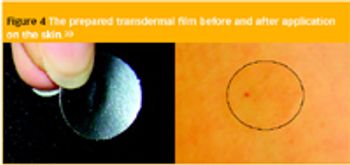
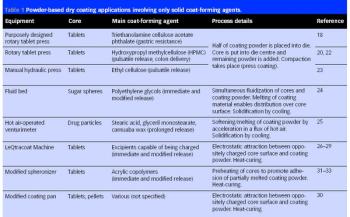

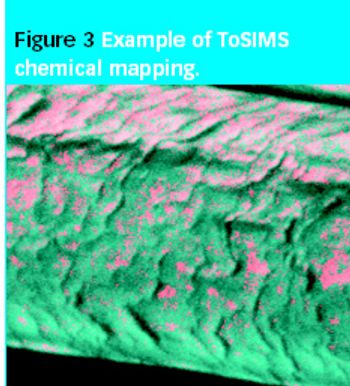
We are currently experiencing a problem with one of our tablet lines. While the tablets appear white immediately after manufacture, after a time many of the tablets begin to take on a yellowish appearance. Could this be an issue that surface analysis could help resolve?

Actavis Acquires Site From Pfizer, Cardiokine Names President and CEO, More...

Novo Nordisk Drops Inhaled Insulin Product, Neurocrine Appoints CEO and President, More...

Crucell and Sanofi Pasteur Sign Agreement, WuXi Pharma Names COO, More...

The National Nanotechnology Initiative's new strategic plan affirms the federal government's support for research and development in nanotechnology, including for medical and healthcare applications.

Merck Sells Facility to Cherokee Pharmaceuticals, Inflazyme Announces Senior Management Resignations, More...
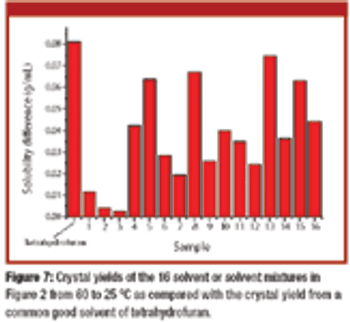
The authors propose extending initial solvent screening for a single-solvent system to the cocktail solvent screening of binary and ternary solvent mixtures.

FDA’s May 1999 container-closure guidance has accelerated the requirements for extractable and leachable testing of container-closure packaging components. Since that date, additional recommendations have been made by industry groups to clarify how these issues should be addressed.
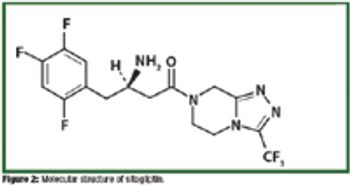
Researchers and process chemists share approaches in synthesis of active ingredients and pharmaceutical intermediates.
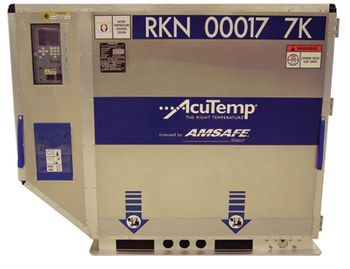
Brief pharmaceutical news items for January 2008.
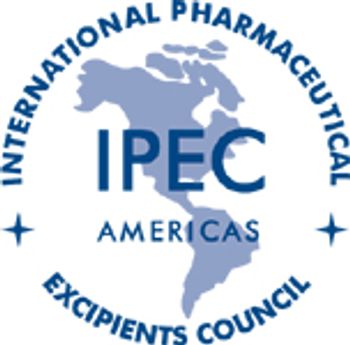
Pharmaceutical manufacturers often avoid putting new excipients in their formulations for fear of more regulatory oversight. IPEC has a solution.
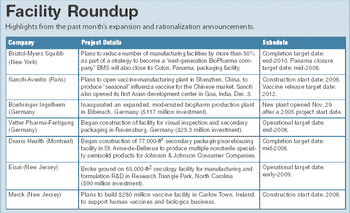
News, world briefs, facility roundup, events and other items for January 2008.
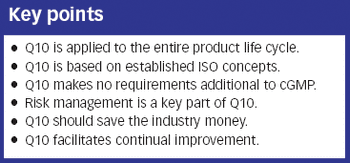
The International Conference on Harmonisation of Technical Requirements for Registration of Pharmaceuticals for Human Use (ICH) recently closed consultation on its draft guidance, ICH Q10 Pharmaceutical Quality System. If all goes to plan, adoption could come as soon as Spring 2008.
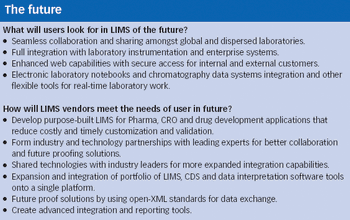
Historically, the main purpose of laboratory information management systems (LIMS) has been to track and manage samples in the laboratory. LIMS originated nearly 30 years ago as a rudimentary method of automating manual, error-prone processes in the laboratory and, with the growth in adoption of technology, became the de facto benchmark for laboratory control and management.
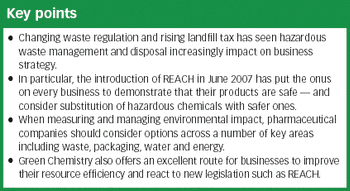
However, companies should always be prioritizing prevention, elimination and reduction over recycling and recovery as the most effective ways of making resource efficiency savings.

Getting a clear view of business performance can be cumbersome, time-consuming and even nigh-on impossible.

Millipore and Novozymes Form Alliance, Applied Biosystems Names President and CEO, More

Company and People Notes: West to reduce workforce, Eli Lilly's CEO and chairman to retire, more...

Tomorrow, Dec. 14, the US Food and Drug Administration?s Nonprescription Drugs Advisory Committee will discuss the safety and effectiveness of over-the-counter (OTC) cold medications containing phenylephrine.

Company and People Notes: Eisai Acquires MGI Pharma, Ceregene Names CEO, More

Researchers at the University of Kentucky (KY, USA) have located a gene that kills cancer cells while leaving normal cells intact.